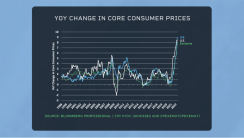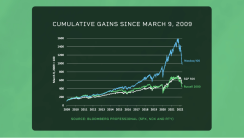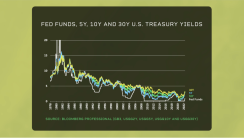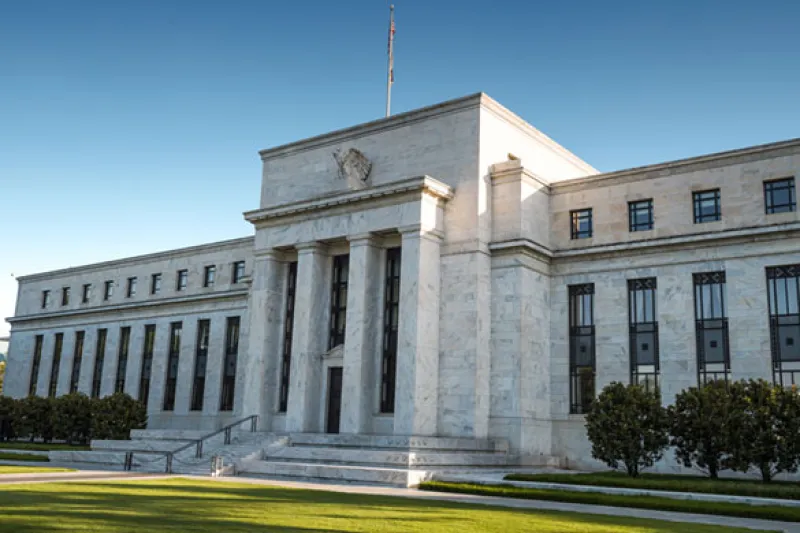Erik Norland, CME Group
AT A GLANCE
- The U.S. equity market has been declining on and off all year
- Inflation has risen to above 8% in both Europe and the U.S.
Over the past quarter century, central banks such as the U.S. Federal Reserve and the European Central Bank have often stepped in and eased monetary policy when equity markets sold off. They did it in 1998, 2001, 2008 and again in 2020.
But the central banks were able to lower rates when equities sold-off for one reason and one reason only: inflation was low and stable at around 2% in the United States and even lower in Europe.

Now that inflation has risen to above 8% in both Europe and the U.S., lowering rates when the equity market gets in trouble is no longer an obvious solution. In fact, doing so could cause a rise in inflation expectations which could make inflation more difficult to contain.
This is problematic because the equity market in the U.S. has been declining on and off all year. Higher inflation has pulled long-term government bond yields higher and higher bond yields have begun to attract capital away from the equity market pushing stocks lower.
There are many things that remain unclear. For example, will inflation continue to rise, or has it already peaked? Are bond yields, which are still only around 3%, high enough given the level of inflation? One thing is clear: so long as inflation remains high, equity investors probably shouldn’t count on central banks to ease policy even if equities continue to sell off.


Read more articles like this at OpenMarkets






